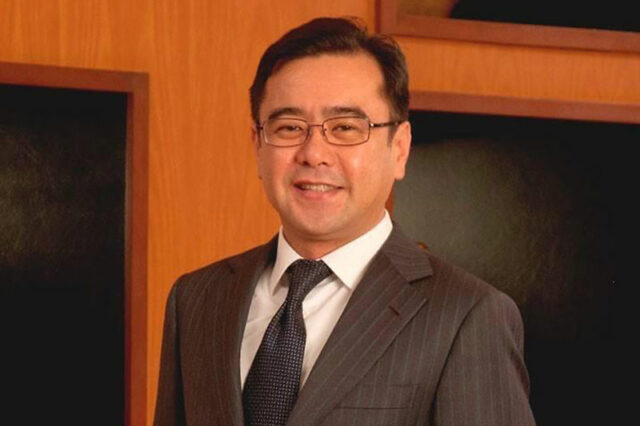By Adrian H. Halili, Reporter
THE DEPARTMENT of Agriculture (DA) is seeking to impose a maximum suggested retail price (MSRP) for imported rice in an effort to further lower rice prices and curb profiteering by traders.
“We will be coming up with an (MSRP) system very soon, hopefully by the end of January it should already be released,” Agriculture Secretary Francisco P. Tiu Laurel, Jr. told reporters on Monday.
“It’s like saying this should be the maximum price, but it’s not a price cap,” he added.
Last week, the DA said prices of some imported rice brands remained elevated despite lower import tariffs.
President Ferdinand R. Marcos, Jr. last year issued Executive Order No. 62 which slashed tariffs on rice imports to 15% from 35% previously until 2028.
The lower tariff rates on rice, which took effect on July 5, 2024, was aimed at bringing down prices and curbing inflation.
Mr. Tiu Laurel said the MSRP should further lower the price of imported premium and special rice, which remained as high as P60 per kilogram in local markets as of Jan. 3.
“In our meetings with importers, and this week we will be meeting also some of the retailers and additional importers, it is clear to us that there should not be a P60 per kilo of imported rice seen in the market,” Mr. Tiu Laurel said.
Also on Monday, DA Assistant Secretary and Spokesperson Arnel V. de Mesa said that the MSRP on imported rice would depend on the rice variety, but did not give a specific price ceiling.
“In effect, (we) are giving reference that the price of the commodity, especially rice, ay dapat hindi lalampas sa ganitong presyo, (it should not exceed a certain price)” he said at a media briefing.
Earlier, the DA said that it would remove labels for imported rice, which allegedly misled consumers and justified higher prices.
The department also banned the use of marketing terms like “premium” and “special” in the imported rice trade, which it said were pretexts for charging more.
Mr. De Mesa added that imported rice would now be labeled with the country of origin, type, and amount of broken rice content.
“One thing is clear, people are very brand conscious. The problem is in the label, but they are all the same; they are not premium or special,” Mr. Tiu Laurel added.
According to the DA’s price monitoring of Metro Manila markets, as of Jan. 4, a kilogram of imported special rice sells for between P54 and P65 lower compared with the P58 and P65 per kilo a year ago.
On the other hand, imported premium rice was seen between P52 and P60 per kilo as of Jan. 4 from P54 and P62 per kilo in 2024.
“The P60 per kilo price for imported rice seen in the market is already profiteering, in my opinion,” Mr. Tiu Laurel said.
The agency is also set to meet with the departments of Trade and Industry, and Interior and Local Government, the Bureau of Internal Revenue, and the Philippine National Police to finalize the guidelines of the MSRP and address the profiteering of rice traders.
“We need to sort out our remedies, on how it would be labeled as profiteering, we will use that, and hopefully people will follow,” he added.
Sought for comment, former Agriculture Undersecretary Fermin D. Adriano said in a Viber message that implementing price controls would not work “if DA does not go after big-time wholesalers and importers.”
In a Viber message, Federation of Free Farmers National Manager Raul Q. Montemayor warned that imported rice may be rebranded as local rice to avoid price controls.
“They must have a firm basis for setting the maximum prices,” Mr. Montemayor said, adding that various types, brands, and shipping costs should be taken into account when pricing imported rice.
He added that the DA should also determine if profiteering is being done by importers, wholesalers, and retailers.
“Right now, all the effort seems to be directed at retailers, but we also need to look at the margins of importers and wholesalers and check if these are not excessive,” he said.
In a Viber message, Samahang Industriya ng Agrikultura (SINAG) Executive Director Jayson H. Cainglet said the group had previously suggested the imposition of a price cap on rice, using Republic Act No. 12022 or the Anti-Agricultural Economic Sabotage Act as the basis.
Under the law, agricultural smuggling, hoarding, profiteering, and its financing are considered as economic sabotage.
The law also imposes fines equivalent to five times the value of any smuggled or hoarded agricultural products, with violators also facing the prospect of life imprisonment.
Mr. Cainglet said the government has not yet determined if there are cartels responsible for hoarding and manipulating rice supply and prices.
He noted imported rice should be priced between P38 and P40 per kilo after tariffs were lowered.
As of Jan. 4, imported well-milled rice was seen between P40 and P54 per kilo in Metro Manila markets, while a kilo of regular-milled rice fetched for P40 to P48 per kilo.

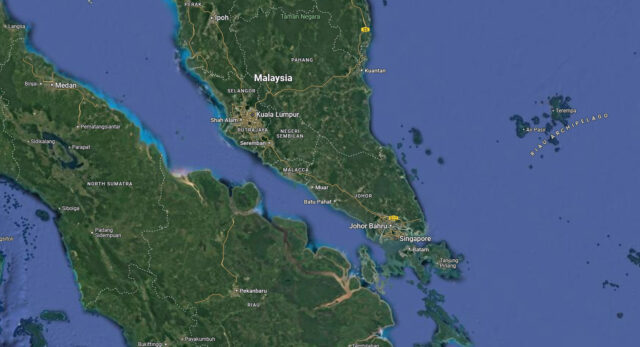


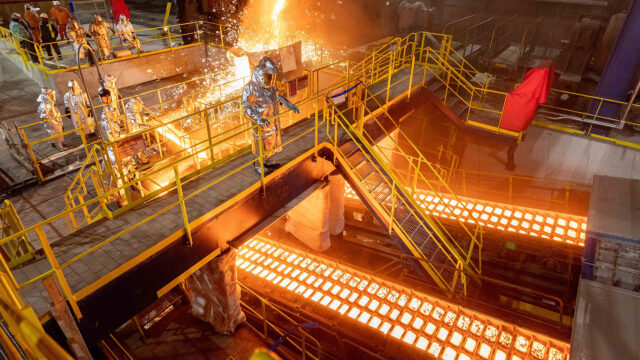
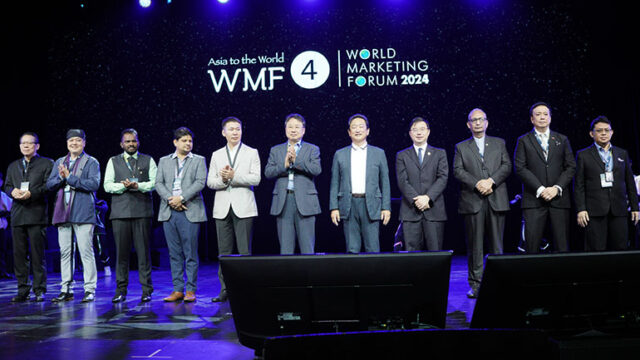
 The National Marketing Conference, held on Nov. 7 under the theme “Marketing Wars 6.0 and Beyond,” brought the challenges of the modern marketing landscape into focus. Fine Hygienics CEO James Michael Lafferty stressed the importance of foundational marketing principles, urging marketers to prioritize storytelling and authenticity over fleeting digital trends. Entrepreneur RJ Ledesma shared strategies for building resilience in volatile markets, while a panel discussion led by executives from Chowking and CIBO Philippines examined strategies for connecting with Gen Z and Gen Alpha consumers.
The National Marketing Conference, held on Nov. 7 under the theme “Marketing Wars 6.0 and Beyond,” brought the challenges of the modern marketing landscape into focus. Fine Hygienics CEO James Michael Lafferty stressed the importance of foundational marketing principles, urging marketers to prioritize storytelling and authenticity over fleeting digital trends. Entrepreneur RJ Ledesma shared strategies for building resilience in volatile markets, while a panel discussion led by executives from Chowking and CIBO Philippines examined strategies for connecting with Gen Z and Gen Alpha consumers.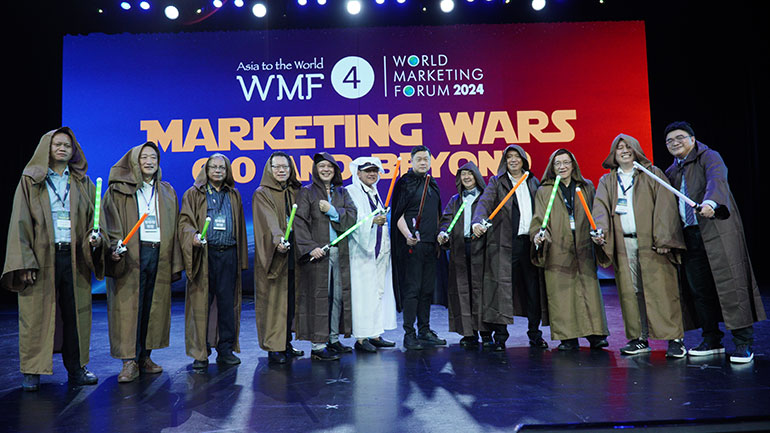 PMA Director Albet Buddahim underscored the relevance of the summit in addressing the challenges faced by marketers today.
PMA Director Albet Buddahim underscored the relevance of the summit in addressing the challenges faced by marketers today. 




